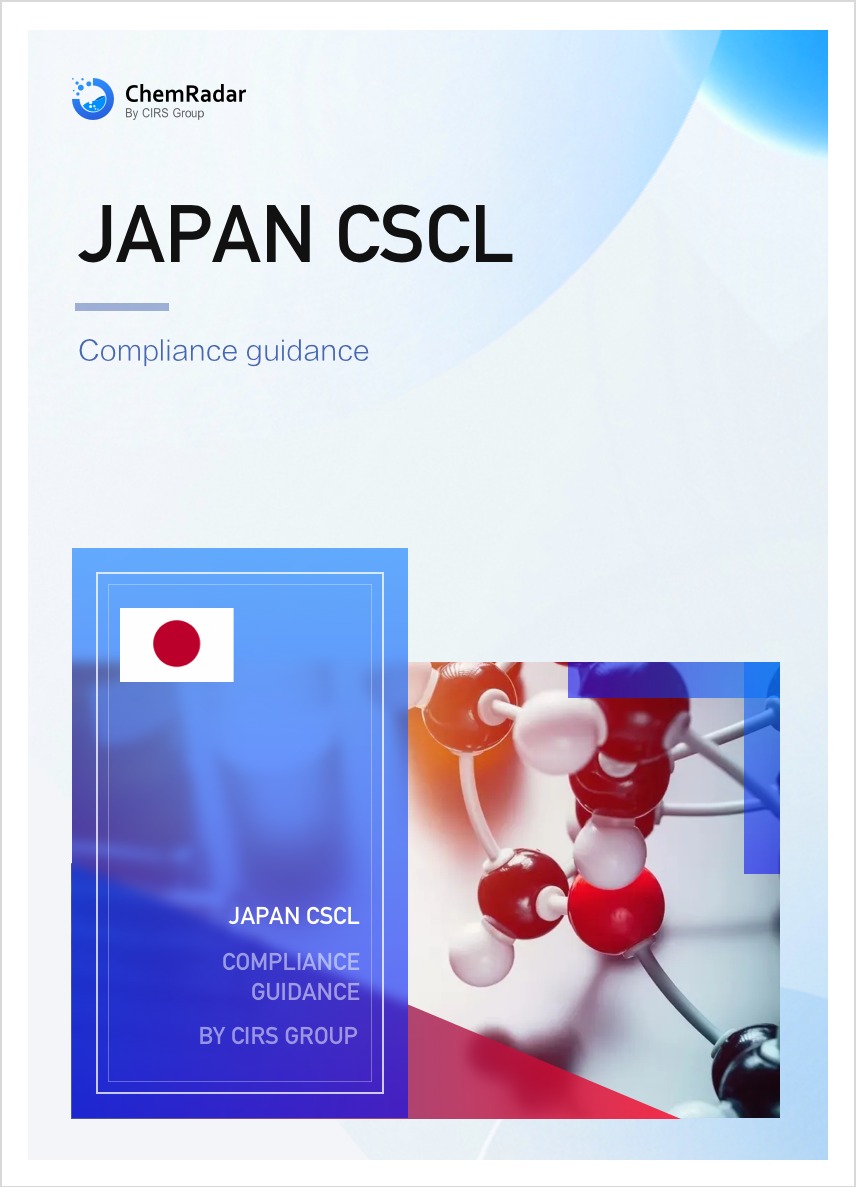9. Class II Specified Chemical Substances
Class II Specified Chemical Substances refer to substances that may pose a risk of long-term toxicity to humans or to flora and fauna in the human living environment, and that have been, or in the near future are reasonably likely to be, found in considerable amounts over a substantially extensive area of the environment. In accordance with CSCL, manufacturers/importers/importers of products made of chemicals designated as Class II Specified Chemical Substances shall submit a declaration at least one month in advance if their products containing more than 1kg of Class II specified chemical substances. The quantity to be produced or imported shall be indicated and actual quantity shall be reported afterwards.
Additionally, for each fiscal year, a report must be submitted to METI regarding the manufacturing or import quantities of each Class II Specified Chemical Substance or products using these substances during the preceding year, along with other items specified by METI.
Entities engaged in Class II Specified Chemical Substances have an obligation to comply with technical guidelines issued by regulatory authorities. Regulatory authorities shall define information to be displayed on containers, packaging, or shipping documents for each Class II Specified Chemical Substance to prevent environmental pollution caused by such substances. This information will be announced. Handlers of Class II Specified Chemical Substances, when transferring or providing these substances, must adhere to relevant regulations of the regulatory authorities and display information as stipulated.
Inventory Search:
Japan ENCS
Priority Assessment Chemicals
Monitoring Chemical Substances
Class I Specified Chemical Substances
Class II Specified Chemical Substance



